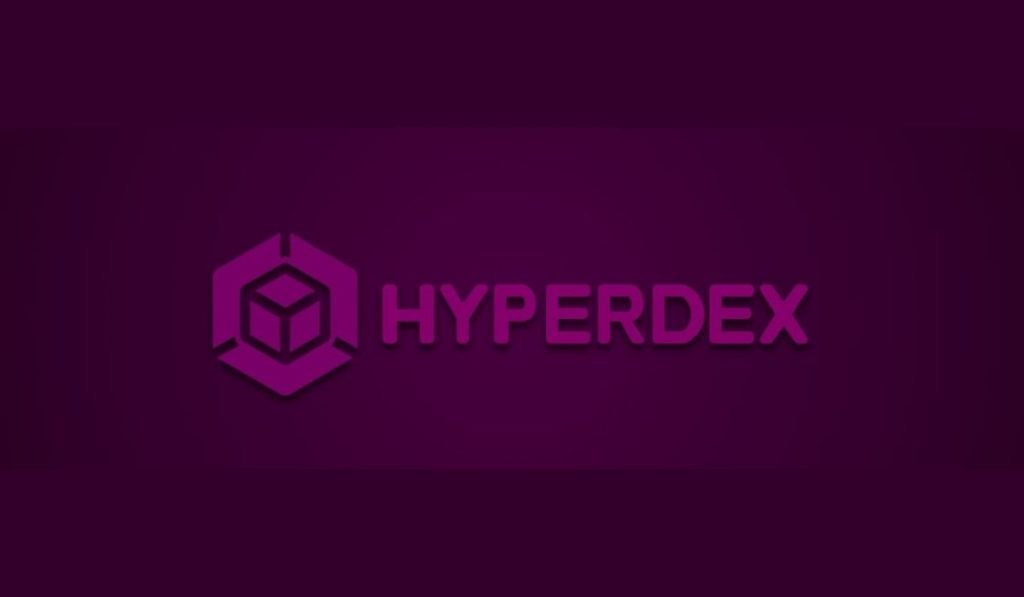2022-2-9 15:29 |
The digital assets industry has been successful at attracting a record number of users within a short time. If we look at the numbers, we will see just how phenomenal the growth has been in the digital assets industry.
Currently, the number of crypto holders hovers around 300 million. The DeFi space has grown from a mere 26000 users in April 2020 to a record 4.3 million-plus users today.
DeFi users are on a bull run. (Image Source)
Now, the question is: How was the crypto industry able to achieve such massive growth? The answer is that, when it comes to the most lucrative investment options available in the market today, DeFi and the crypto space, in general, will come out on top.
The Lack of Borrowing Options for Holders of Smaller Market Cap CoinsDo all these 300 million users own only the most popular coins, the numero uno coins of the crypto world, like Bitcoin, Ethereum, Binance Coin, etc? Of course not! Many of these users also hold cryptocurrencies with far smaller market caps.
The reason why a large number of users own new coins with small market caps is that they are even more volatile than their larger counterparts, which means a huge upside potential. However, there is one caveat when holding onto coins that have a smaller cap.
Holders of such coins have few to no options to obtain funds by lending their coins, as there are no takers for them. The likes of Nexo, BlockFi, Celsius, among others, do not lend funds on these coins, which leaves the holders with no other option than to sell their coins in times of need.
That’s where Fringe Finance, formerly Bonded Finance, comes into the picture. Amidst a lack of
straightforward, no-nonsense ways of obtaining funding on smaller coins, the Fringe Finance team decided to take it upon themselves to solve this problem.
The Fringe Finance SolutionFringe Finance’s methodology is uniquely simple: Fringe accepts a diverse set of smaller altcoins and allows them as collateral for stablecoin loans.
The crypto market – owing to its emergent and developing nature – is more volatile than traditional trading markets. It is no wonder that smaller altcoins are even more volatile than well-known, high-liquidity ones. But, Fringe Finance ensures, with the use of a variety of parameters and smart contract mechanisms, including state-of-the-art price feeds and security audits by top firms, the stability and financial protection of the platform should stay intact even in times of high volatility.
The Approval Mechanism to participate in FringeAny new project can apply for token inclusion in the Fringe platform. The Fringe Finance Admins then conduct a rigorous assessment and assign tokens a tier that helps decide how the platform will collateralize them. Accepted projects and their tokens then become eligible for borrowers to deposit as collateral.
Assessments stand on four criteria: liquidity, price volatility, non-circulating supply, and the ratio of impending non-circulating supply vs liquidity.
How close the liquidity is to the market price is a vital parameter of riskiness as it affects a user’s risk to fall into liquidation. When a user gets liquidated, they might still recover some of their collateral, although most of it will be sold in the open market to pay for their loan.
Price volatility is also an important parameter to judge a token’s inclusion-readiness in Fringe Finance. Tokens that historically have lower price volatility imply lower risk. Lower-risk tokens, in turn, receive a better tier rating.
The third factor, non-circulating supply, is also a crucial parameter as tokens that have an imminent supply release could prove to be risky for the possibility of near or mid-term volatility. Finally, Fringe Finance looks into the ratio of non-circulating supply vs liquidity. The lower the ratio, the lower the risk profile assigned to a token.
After judging through the prism of all these parameters, Fringe Finance assigns a tier to each token. These tiers help Fringe Finance become optimally inclusive, allocating different liquidator fees and platform liquidation fees to different tokens.
For example, Tier 0 tokens are the most popular, vastly traded, and less volatility-prone ones, such as ETH and WBTC. The tier number then progressively increases with the perceived increased risk. What is enticing about this system is that these tiers can always change. In its initial days, a token might get included in a high-risk tier but, with time, it can change or adjust its risk classification. The Fringe Finance governance (which will eventually be led by a DAO, a Decentralized Autonomous Organization) has the power to reclassify a token’s assigned tier to reflect its present risk level.
Now that we know how Fringe Finance includes new and lesser-known altcoins into the lending and borrowing economy by making them eligible as collateral, let us look at the other features of Fringe.
Yield FarmingThe DeFi space is brimming with some excellent Yield Farming platforms already. This has, so far, helped include a lot more investors in the digital assets space. The Fringe Finance platform will also enable yield farming opportunities temporarily to incentivize user participation. For instance, it may allow users to stake their ftokens as qualifiers of their participation as lenders within the platform and eventually receive FRIN token yield farming rewards.
The USB Stablecoin PlatformMinters can leverage this platform to deposit altcoin collateral and mint USB stablecoins against it. These altcoins, in turn, gain more efficiency and usability. The USB stablecoin is a USD-pegged coin that runs on the backing of crypto assets, similar to Maker’s $DAI. Any Tier 0 to Tier 4 coin can qualify as collateral for USB minting. To reclaim access to their tokens, users should burn their minted USB to unlock their Line of Credit according to the amount repaid.
FRIN TokensThe native FRIN tokens of the platform make holders eligible to receive rewards upon staking within the FRIN staking pool. The platform sources these rewards from the fees collected by the platform. Essentially, it is nothing but the platform reinvesting in its community. Moreover, FRIN stakers will also have a say in which direction the platform is going to evolve, as they can vote for DAO proposals.
The vision of the platform is to transition its governance to the Fringe Finance DAO in the long run. The sustainable adoption of the DAO will mean the Fringe Finance community guiding the platform in the future.
How Do Interest Rates Work In Fringe?The interest rate dynamics on Fringe’s Primary Lending Platform are well-thought-out and flexible. The platform charges borrowers interest on their open positions, while lenders receive interest on the capital they add to the pool.
The platform ensures that there is a balance in the interest charged so that participation is rewarding for both stakeholders. When the borrower demand is high, Fringe Finance algorithmically increases the rate charged to them so that there are more lenders in the platform, matching up to the demand. On the other end, when there is low demand from borrowers, the platform decreases the interest rate charged to them, increasing the volume of borrowers eventually.
In this context, we must also keep in mind that the specifics of these interest rate dynamics vary with the stablecoin.
There are many benefits of such adjustable interest rates. Since there is no deterministic interest rate, the market has the freedom to adjust, correct, and optimize itself according to the supply and demand volume of borrowers. This helps bring more lenders to the platform when the borrower demand is high. Also, this helps rates stay competitive in comparison with its peers at all times.
Participate in the Fringe Finance EconomyAs a crypto project, you can always apply to have your altcoin listed in Fringe’s platform, both for lending and USB minting. Although while the platform is in bootstrapping stages the final decision rests on the platform’s administrators, the selection process will eventually be fully democratic. It will operate through the Fringe DAO once it goes live.
Overall, Fringe Finance strengthens the crypto economy by allowing every token – no matter how big or small they are – a chance to participate in a DeFilending and borrowing ecosystem. It helps make coins valuable, gain traction and prove their worth in the long run. It also lowers the entry barrier for new projects by making them usable and holding-worthy from the very beginning of their life. Fringe Finance is, in the current panorama, a big milestone to reach for the entire DeFi economy.
origin »
Vice Industry Token (VIT) на Currencies.ru
|
|




















